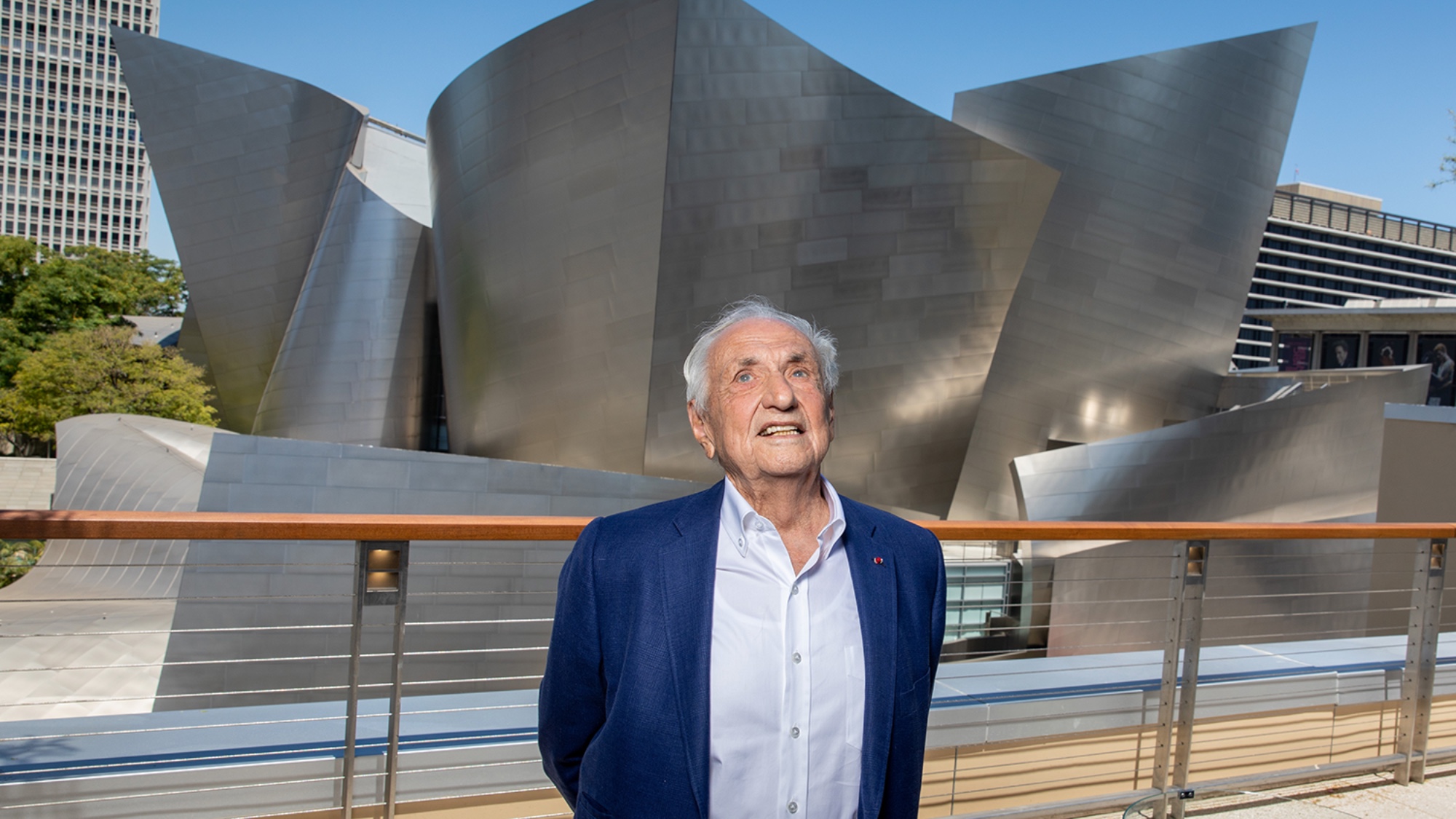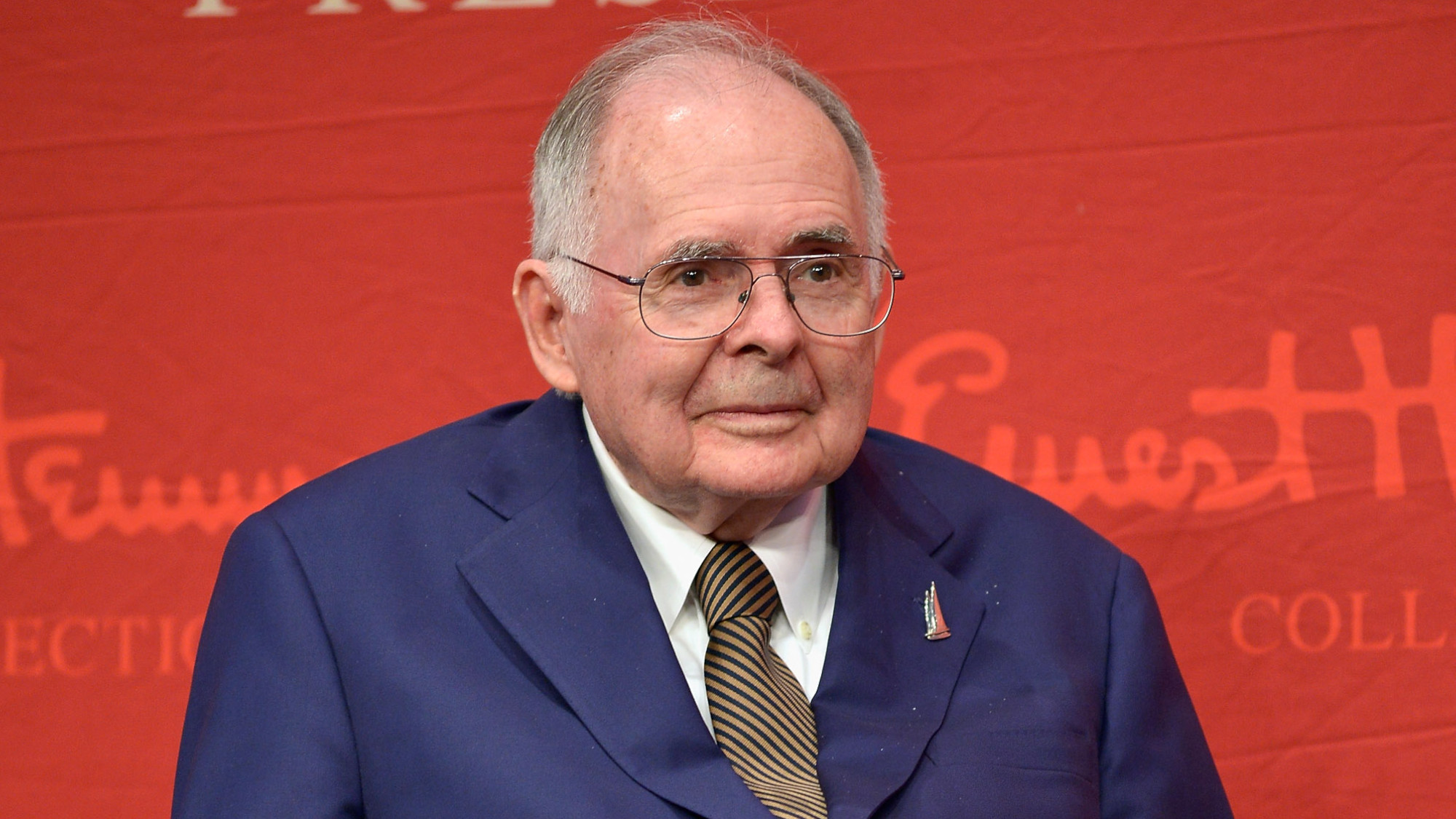Francis Rogallo
The engineer who invented hang gliding
Francis Rogallo
1912–2009
After World War II, aeronautical engineer Francis Rogallo became interested in devising a flexible, ultralight aircraft so inexpensive that anyone could own one. So his wife, Gertrude, helped him sew a chintz kitchen curtain into a triangular shape resembling a combination parachute and boat sail. It was an early version of the “Rogallo wing,” the basis of modern hang gliding and paragliding, a hobby currently enjoyed by some 50,000 people in the U.S. annually.
The Week
Escape your echo chamber. Get the facts behind the news, plus analysis from multiple perspectives.

Sign up for The Week's Free Newsletters
From our morning news briefing to a weekly Good News Newsletter, get the best of The Week delivered directly to your inbox.
From our morning news briefing to a weekly Good News Newsletter, get the best of The Week delivered directly to your inbox.
Rogallo, a Stanford graduate, perfected the concept at home, said The New York Times. He used “table fans and cardboard to erect wind tunnels.” Rogallo hoped his wing could carry payloads and even propel vehicles. “But nobody was interested.” So he marketed his invention as a toy, calling it the “Flexikite.” Then, in 1957, when Sputnik galvanized America’s interest in space, NASA seized on Rogallo’s invention, “now called the paraglider,” as a means “to bring space capsules back to earth” and paid him $35,000 to develop the concept. Although NASA ultimately favored “the old-fashioned parachute,” flying buffs became fascinated by paraglider news in aviation magazines. “In Australia, people began to think the new wing might be just the thing for flying behind boats, while adventurous Americans imagined jumping off hills.” In October 1961, an aeronautical engineer named Barry Palmer did just that, taking to the skies near Sacramento in the first hang glider flight.
After retiring in 1970, Rogallo moved to Kitty Hawk, N.C., the site of the Wright brothers’ airplane triumphs. There, at age 62, he began gliding for the first time, and did so for the next 18 years.
A free daily email with the biggest news stories of the day – and the best features from TheWeek.com
-
 Political cartoons for January 4
Political cartoons for January 4Cartoons Sunday's political cartoons include a resolution to learn a new language, and new names in Hades and on battleships
-
 The ultimate films of 2025 by genre
The ultimate films of 2025 by genreThe Week Recommends From comedies to thrillers, documentaries to animations, 2025 featured some unforgettable film moments
-
 Political cartoons for January 3
Political cartoons for January 3Cartoons Saturday's political cartoons include citizen journalists, self-reflective AI, and Donald Trump's transparency
-
 Joanna Trollope: novelist who had a No. 1 bestseller with The Rector’s Wife
Joanna Trollope: novelist who had a No. 1 bestseller with The Rector’s WifeIn the Spotlight Trollope found fame with intelligent novels about the dramas and dilemmas of modern women
-
 Frank Gehry: the architect who made buildings flow like water
Frank Gehry: the architect who made buildings flow like waterFeature The revered building master died at the age of 96
-
 R&B singer D’Angelo
R&B singer D’AngeloFeature A reclusive visionary who transformed the genre
-
 Kiss guitarist Ace Frehley
Kiss guitarist Ace FrehleyFeature The rocker who shot fireworks from his guitar
-
 Robert Redford: the Hollywood icon who founded the Sundance Film Festival
Robert Redford: the Hollywood icon who founded the Sundance Film FestivalFeature Redford’s most lasting influence may have been as the man who ‘invigorated American independent cinema’ through Sundance
-
 Patrick Hemingway: The Hemingway son who tended to his father’s legacy
Patrick Hemingway: The Hemingway son who tended to his father’s legacyFeature He was comfortable in the shadow of his famous father, Ernest Hemingway
-
 Giorgio Armani obituary: designer revolutionised the business of fashion
Giorgio Armani obituary: designer revolutionised the business of fashionIn the Spotlight ‘King Giorgio’ came from humble beginnings to become a titan of the fashion industry and redefine 20th-century clothing
-
 Ozzy Osbourne obituary: heavy metal wildman and lovable reality TV dad
Ozzy Osbourne obituary: heavy metal wildman and lovable reality TV dadIn the Spotlight For Osbourne, metal was 'not the music of hell but rather the music of Earth, not a fantasy but a survival guide'